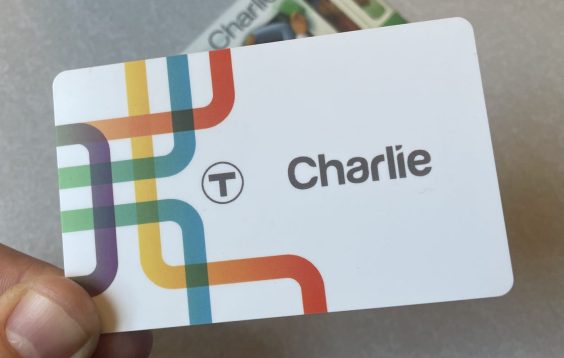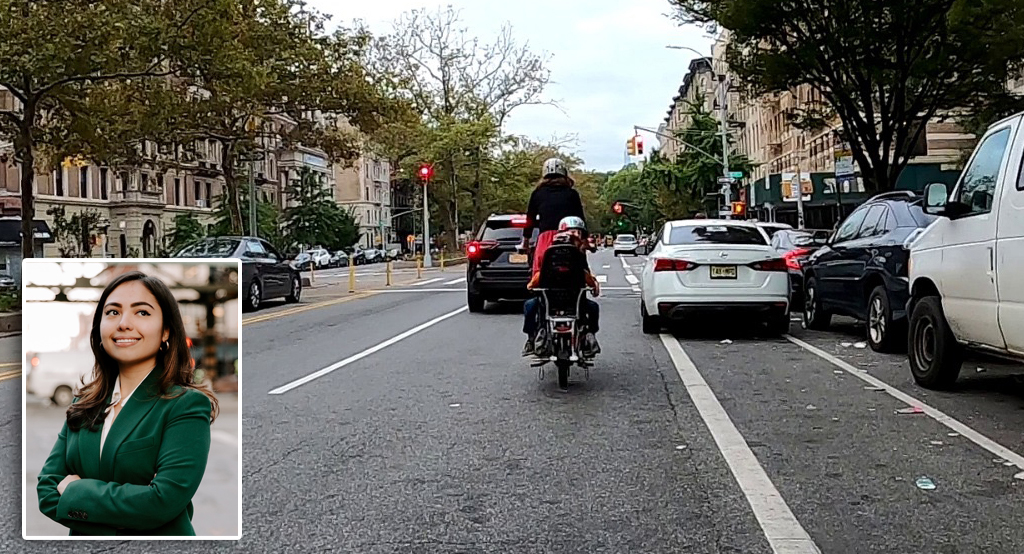This week’s MTA vote won’t just cost New Yorkers 25 percent more per ride, it will also be
costly in lost time.
Using the Balanced Transportation Analyzer (BTA), I estimate that
the fare hikes and service cuts which begin June 1 will:
- Add an average of 6 percent more waiting and travel time to bus and subway commutes;which will...
- cause 40,000 more autos to pile into the Manhattan Central Business District eachday; which will...
- slow traffic by an average of 5 percent in the CBD and 1-2 percent across the City; costing...
- drivers, truckers and bus riders $600 million in lost time annually within the CBD,and probably $1.5 billion or more citywide.
The one-two punch of higher fares and less frequent service can be expected to shrink
subway use by around 8 percent and bus ridership by 6 percent. This is a calamity not only to our
city's vitality but for the MTA as well, since it cuts deeply into the very revenue these
measures were supposed to generate. Indeed, the BTA model projects that the real gain in
farebox revenues won't even reach $500 million -- well under half of the projected $1.2
billion deficit.
The key criteria by which New York City transportation policies are judged are driver
expenses, rider expenses, driver travel times and rider travel times. The MTA and the
legislature have managed to worsen three out of four -- and, for good measure, have
aggravated others, such as traffic pollution and mayhem. A stopped clock could hardly
have done worse.
Advocates spent four months in feverish but fruitless campaigning for a stopgap solution -- the Ravitch Plan -- that was buoyed more by Dick Ravitch's sterling reputation than
by its intrinsic merits. Indeed, the plan was rife with inequities:
- Payrolls in exurban Dutchess County would be taxed at the same rate as those oftransit-reliant New Yorkers.
- Most Bronx and Brooklyn drivers would pay new tolls and yet those driving infrom New Jersey would not.
- Manhattan residents would garner much of the benefit from lighter traffic in theform of quieter streets and faster cab rides, yet they would pay little of the tolls.
In short, “shared sacrifice” was more rhetoric than reality. Plus, the Ravitch Plan offered
no incentive to switch trips out of rush hours to less crowded travel times, in effect foreclosing on both choice and efficiency.
On the four criteria above, Ravitch offered not a
single solid win. The plan was a Band-Aid, but the times demanded a major overhaul.
True, Albany is broken. Even a perfectly balanced plan would have faced tough sledding.
Political reform is essential, but so too is recognizing that transit and traffic won’t get the
needed makeover until they are addressed in a unified and broadened transportation
vision.





